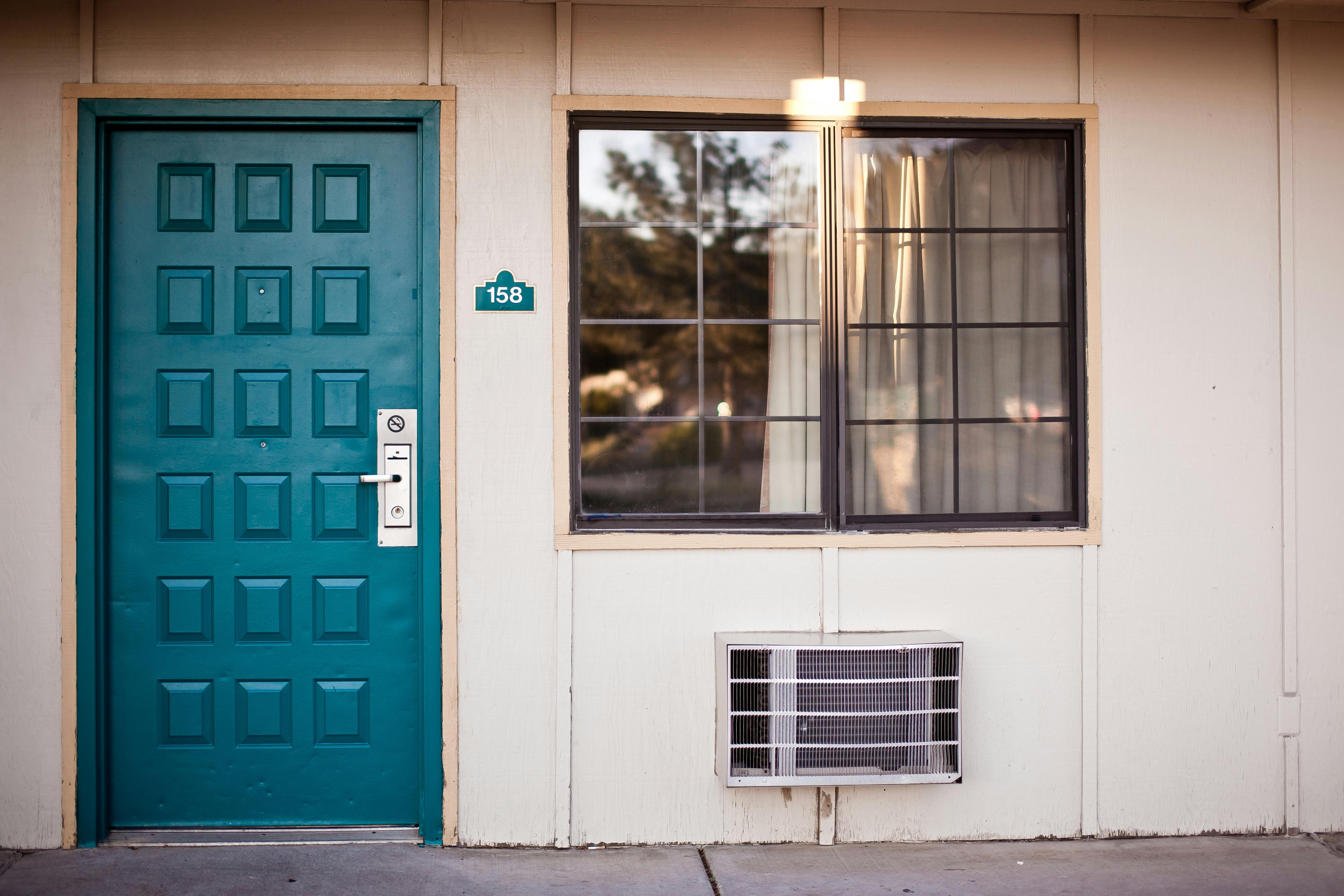
Which is better, a single or two-ply roof?
In a world that has largely been conditioned to think that bigger is better, that’s not always true in every situation. It has been found that bigger is more wasteful in many cases, especially as efforts are made to conserve energy and become greener. While there are often good things in abundance, sometimes more can throw off a delicate balance, even with a roof. At first glance, it might seem that a double layer roof would be better; however, this is not necessarily the case. Sometimes more in terms of roofing it does the exact opposite and can actually be harmful, not good.
concerns
The main reason for adding another layer of shingles to an existing layer is convenience and cost reduction. The price difference can be substantial, so naturally the option of simply adding a layer will be considered. There are some benefits to this method, such as increased insulation and protection from the weather elements. Apart from these two, it is less beneficial to add another layer for these reasons.
- Weight – Probably one of the biggest concerns is the weight of the material. Shingles are by no means lightweight, so the structure below the top of the building must be strong enough to support the number of layers being laid. A contractor must know this according to building codes. Saving money at the risk of collapsing is not worth it and will cost more in the long run.
- heat buildup – More insulating properties for a building can be useful; however, shingle layers can also cause heat buildup between them, leading to premature aging. If that happens, another layer or complete teardown will have to be done sooner than if a completely new roof had been initially put in place, ending up with no long-term cost savings.
- leak tracking – It is quite difficult to find the source of a leak with a layer of roofing material. Multiple layers will only compound that problem and potentially create a problem when roofers try to find it. Most likely, a completely new roof is needed and, in the long run, offers no real savings.
- start up – The initial reason most people choose to re-cover the top of a building instead of ripping it out and starting over is the cost. Eventually, a cut will need to be made, and when you do, the cost will be much higher than an initial cut would have been before multiple layers were added. Labor and removal fees can double in this situation and will likely cost more money in the long run.
- property value – For all of the above reasons, a layered roof will also negatively affect a property’s resale value, as real estate agents and home inspectors know that a major repair is coming soon.
While it may seem like laying new material over a deteriorating roof may be an inexpensive way to handle such a concern, it’s likely to cost more in the long run. While the cost of replacing a roof can be daunting, it’s a wise financial decision to do a full cut along with re-shingling, saving thousands of dollars overall. By doing a complete job, contractors can also closely examine the deck surface, look for evidence of undetected leaks, and make the house more efficient in all aspects.
When working with a reputable and knowledgeable contractor, the wisest choice is to follow their suggestions if the wisest choice is to completely rip the top off the building. For the longest lasting roof and the lowest lifetime expense, a single ply is a better choice than a double ply for any roof!